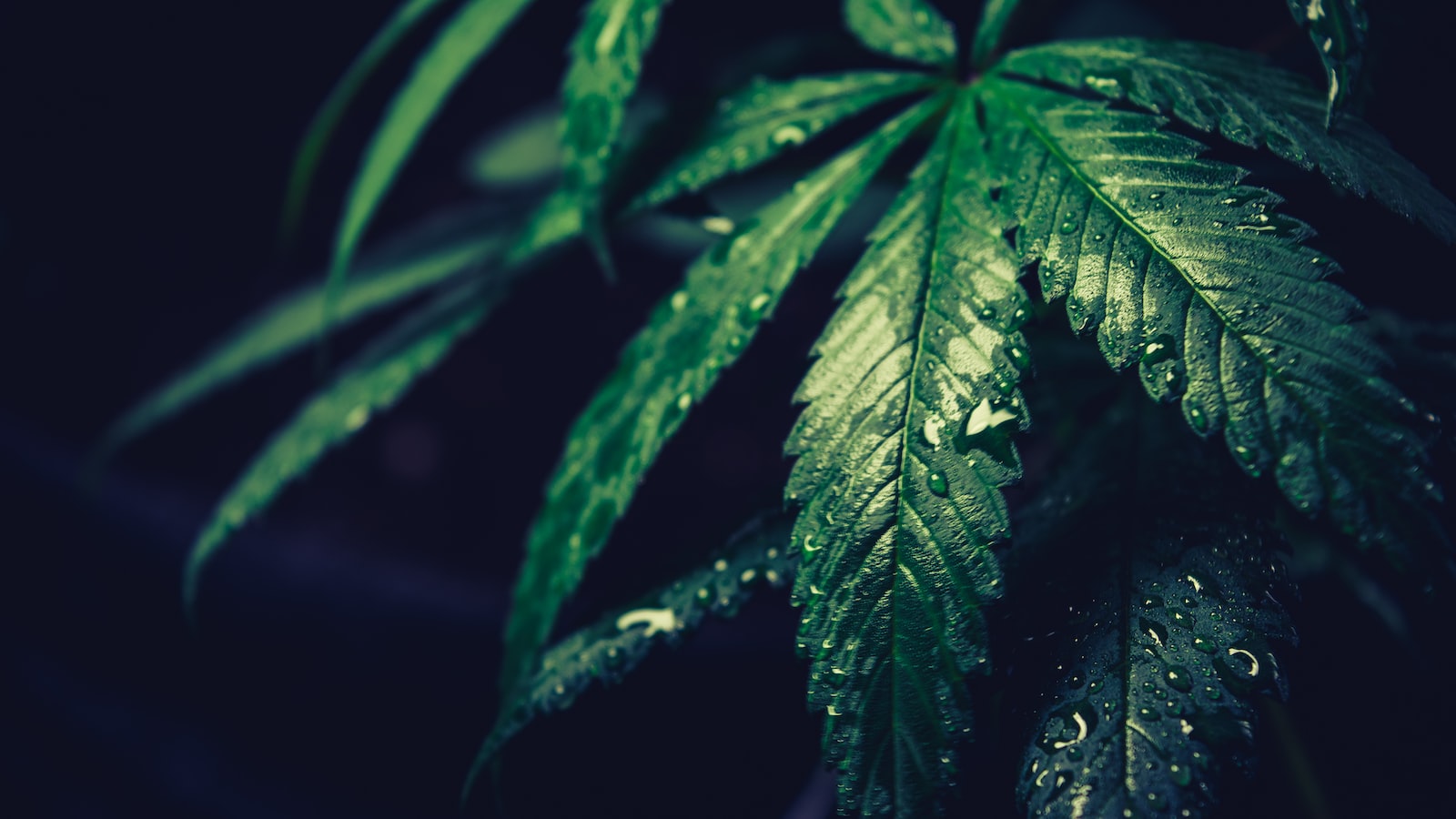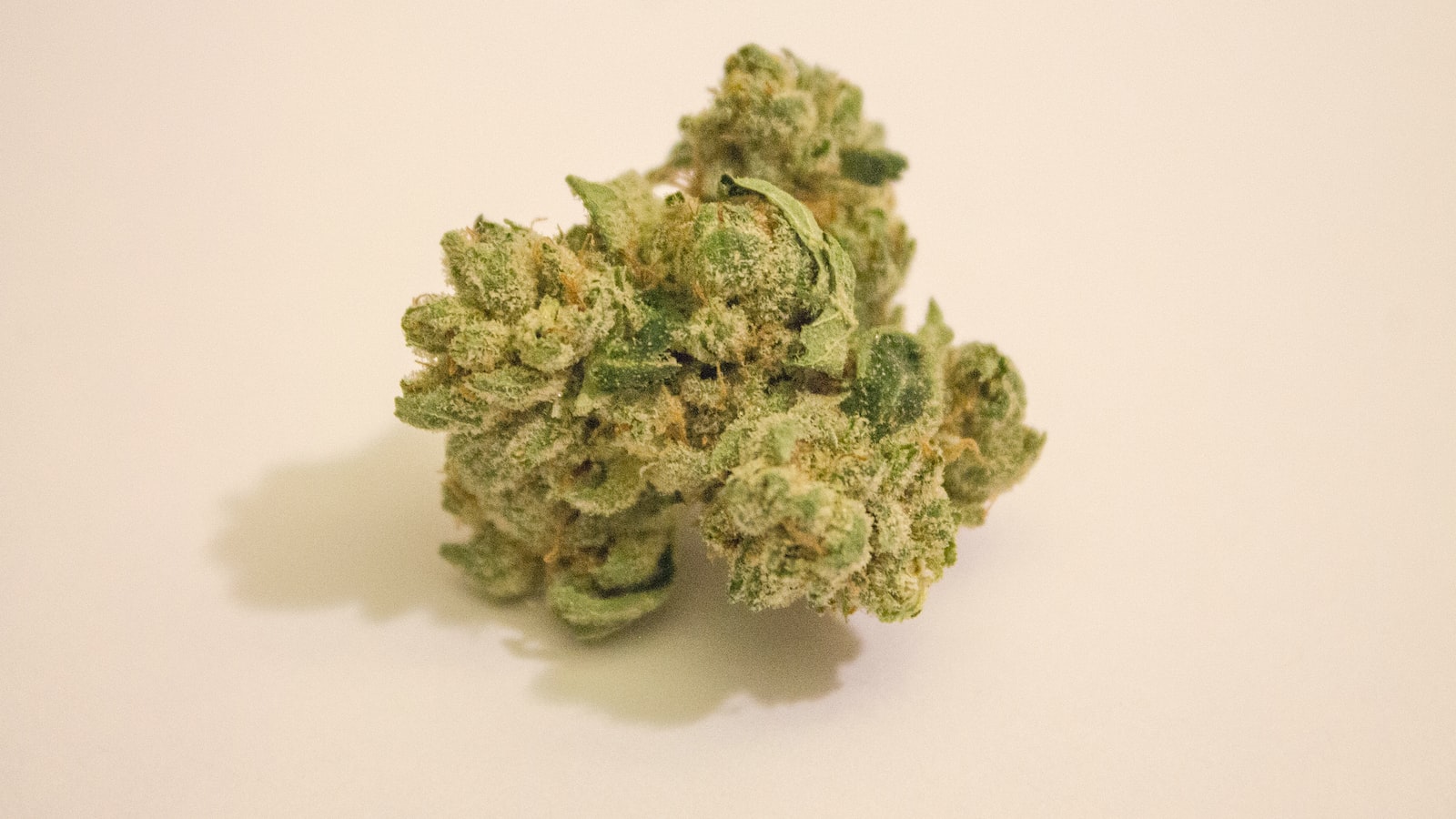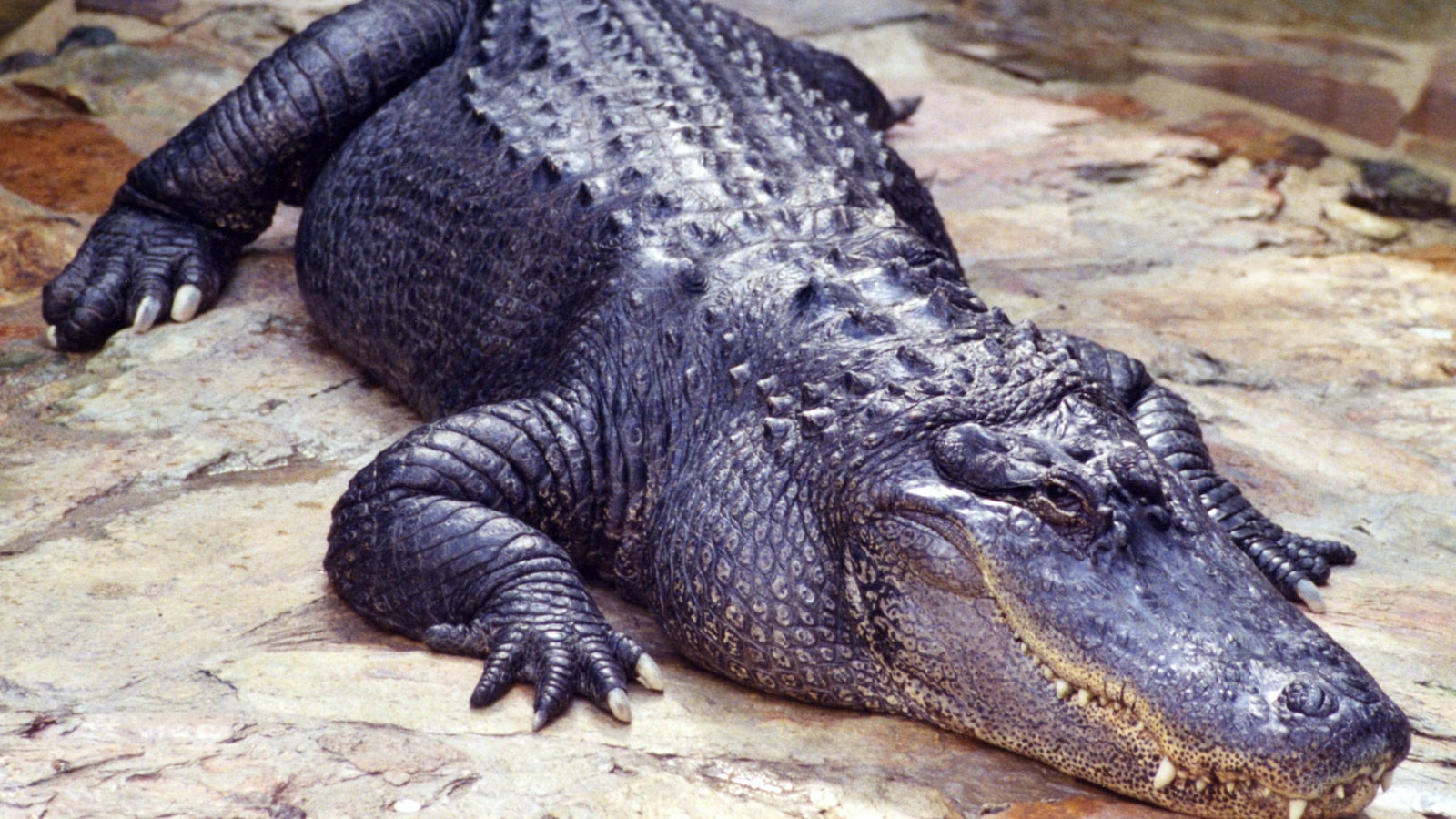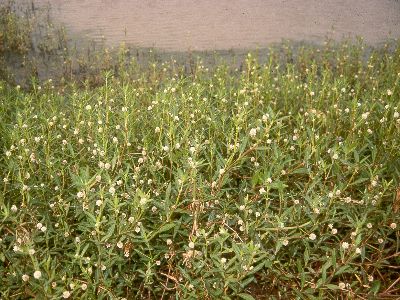Unveiling its magnificent emerald crown, the alligator weed has emerged as an unwelcome guest in our waters, threatening the delicate balance of ecosystems and causing frustration among gardeners and farmers alike. With its voracious growth and cunning invasiveness, this aquatic invader has established itself as a formidable foe that must be vanquished. Fear not, for in this article, we shall embark on a clever expedition to rid our shores of this nefarious plant once and for all. So, roll up your sleeves, sharpen your wits, and prepare to reclaim our precious lands from the clutches of the alligator weed. Together, we shall explore strategic methods, unravel nature’s secrets, and master the art of weed warfare. Join us as we embark on a quest to restore harmony and beat nature’s trickster at its own game.
Understanding Alligator Weed: A Menacing Aquatic Weed that Requires Serious Attention
Alligator weed, a menacing aquatic weed that warrants serious attention, is notorious for its fast-growing and invasive nature. This stubborn plant has the ability to quickly become a dominant species in aquatic ecosystems, causing harm to both native plant and animal species. If left unchecked, it can have devastating effects on the environment, making it imperative to find effective methods to eradicate this menace.
When it comes to getting rid of alligator weed, different approaches can be employed depending on the severity of the infestation. Here are some proven strategies to combat this aquatic invader:
-
Physical Removal: Manual removal of alligator weed is a labor-intensive but effective method. This involves physically uprooting the weed from the water body, ensuring that the entire plant, including the roots, is removed. Dispose of the weed away from water sources to prevent reinvasion.
-
Herbicide Application: If the infestation is widespread and manual removal is not feasible, herbicides can be used as a viable option. Carefully follow the instructions provided by the relevant authorities or herbicide manufacturer to ensure safe and effective application. Always prioritize using eco-friendly and approved herbicides to minimize harm to the environment.
In addition to these strategies, it is crucial to stay vigilant and monitor the affected area regularly to promptly address any re-growth or new infestations of alligator weed. Remember, the key to successful eradication lies in a combination of preventive measures, immediate action, and consistent management. By taking swift and decisive action, we can protect our precious aquatic ecosystems from the clutches of this menacing invader.

Identifying Alligator Weed: Recognizing the Characteristics of this Invasive Plant
Alligator weed, an invasive plant species, has become a nuisance for many homeowners and gardeners. Recognizing its unique characteristics is crucial in effectively getting rid of this relentless weed. One of the key distinguishing features of alligator weed is its long, slender leaves that resemble the shape of an alligator’s teeth. These leaves are often arranged in pairs opposite each other along the stem. When in bloom, alligator weed produces small, white or pale pink flowers that are clustered at the ends of the branches. These flowers consist of five petals and provide a unique and eye-catching appearance to the plant.
Another characteristic that helps identify alligator weed is its ability to form dense mats on the water surface. These mats can become so dense that they impede the flow of water, affecting the natural balance of aquatic ecosystems. Additionally, alligator weed has a robust root system, allowing it to anchor itself firmly to the soil or any available structure. This aggressive nature allows the weed to spread rapidly and outcompete native vegetation. It is important to note that alligator weed can cause serious ecological and economic damage if not controlled.
To effectively tackle this invasive plant, here are some useful features and tips:
| Features/Tips | Description |
|---|---|
| Regular Monitoring | Keep a close eye on your backyard or garden, regularly inspecting for any signs of alligator weed growth. |
| Early Detection | Identifying alligator weed in its early stages is crucial, as it is easier to control when it hasn’t spread extensively. |
| Physical Removal | Hand-pulling or digging out the plants can be effective for small infestations. Ensure all roots are removed to prevent regrowth. |
Remember to follow proper disposal methods for alligator weed, as any fragments left behind can lead to its reestablishment. Understanding the characteristics of alligator weed and implementing preventive measures can help in minimizing its spread and eventually eradicating this invasive plant from your environment. By taking action against alligator weed, you are not only protecting your garden but also contributing to the preservation of native ecosystems.
Effective Control Methods for Alligator Weed: Strategies to Tackle the Infestation
Alligator weed. Two words that instill dread in the hearts of gardeners and landowners everywhere. This invasive plant can quickly take over water bodies, choking out native vegetation and disrupting delicate ecosystems. But fear not, for there are effective control methods that can help you rid your property of this persistent pest.
One strategy to tackle alligator weed is through manual removal. Grab your gloves and get ready to pull! Ensure you remove the entire plant, including the roots, to prevent regrowth. If you’re dealing with a large infestation, consider using machinery such as a weed harvester or a dredge to help in the removal process.
| Feature/Tips | Description |
|---|---|
| Chemical Control | Consider using herbicides that specifically target alligator weed. Consult with a professional to identify the most suitable product for your situation and follow the application instructions carefully. |
| Biological Control | Explore the use of natural enemies to combat alligator weed, such as the alligator weed flea beetle or the alligator weed stem borer. These insects can help reduce the weed’s population and provide long-term control. |
| Prevention Measures | Implement preventative measures to stop the spread of alligator weed. Clean equipment and remove any plant material before moving to a different location. Be cautious when buying new plants, ensuring they are free from alligator weed seeds or roots. |
Remember, persistence is key when it comes to alligator weed control. Regular inspections and monitoring of your property can help identify and address new infestations before they spiral out of control. By implementing a multi-faceted approach and combining manual removal, chemical control, biological control, and prevention measures, you can effectively tackle the alligator weed infestation and restore balance to your ecosystem.
Make your environment alligator weed-free again and enjoy a thriving, healthy ecosystem once more!

Preventing the Recurrence of Alligator Weed: Best Practices for Long-term Eradication
Alligator weed can be a persistent and invasive plant, but with the right approach, you can effectively eradicate it and prevent its recurrence. There are several best practices you can follow to ensure long-term eradication of alligator weed.
Firstly, it is crucial to identify and remove all existing alligator weed plants thoroughly. This includes manually removing the plants from the root, ensuring no remnants are left behind. The next step is to implement a prevention strategy to avoid the reestablishment of alligator weed. This can include regular inspections of the area to quickly identify any new growth and promptly remove it. Additionally, it is essential to maintain a healthy and diverse ecosystem, creating conditions unfavorable for alligator weed to thrive. This can be achieved by promoting the growth of native plants and discouraging the growth of alligator weed through proper water management and regular maintenance.
To further assist you in your alligator weed eradication efforts, here are some helpful features and tips:
| Features | Tips |
|---|---|
| 1. Biological control: | Explore the use of biological agents like insects or herbivorous fish that can feed on alligator weed, reducing its population. |
| 2. Herbicide application: | Consult with experts to determine the most suitable herbicide and application method to effectively eliminate alligator weed. |
| 3. Mulching: | Apply a thick layer of organic mulch to prevent sunlight from reaching the soil, thereby obstructing the growth of alligator weed. |
By implementing these best practices and utilizing the recommended features and tips, you can successfully get rid of alligator weed and ensure its long-term eradication. So, roll up your sleeves and let’s bid farewell to this persistent weed, reclaiming your space for a healthier and more vibrant ecosystem.
Frequently Asked Questions
Q: How did alligator weed become a pesky invader in our waterways?
A: Once upon a time, an adventurous plant called alligator weed traveled to foreign lands and decided to set up camp in our serene waterways. With its rapid growth and tenacious nature, it quickly established itself as a mischievous invader, causing headaches for both man and beast.
Q: What are some clever strategies to bid farewell to alligator weed?
A: Fear not, for there are various creative methods at your disposal to send alligator weed packing. Engage in guerrilla warfare by cutting the invaders at their root, employing the classic slash-and-mulch technique. Introduce nature’s warriors by releasing alligator weed-loving insects to feast on its foliage. For the more adventurous souls, break out the kayak and indulge in some weed-whacking or try a little “aquatic jujitsu” by blocking sunlight with floating mats.
Q: Any pro tips to prevent alligator weed from making a comeback?
A: Just as in any good battle, it is crucial to strategize and plan for the future. After vanquishing alligator weed from your favorite waterways, stay alert! Monitor your surroundings, be vigilant of new arrivals, and nip any potential outbreaks in the bud. Establish a strong, diverse ecosystem by planting native plants and strengthening the ecological balance, making it less enticing for alligator weed to return. Remember, a little maintenance goes a long way in keeping alligator weed at bay! And there you have it, a comprehensive guide on bidding farewell to the persistent alligator weed that has been wreaking havoc in your backyard oasis. We hope this article has equipped you with the necessary tools and knowledge to tackle this formidable enemy head-on.
Remember, although alligator weed may be stubborn and adaptable, you too possess the power to overcome its invasion. With a little persistence, patience, and perhaps a touch of creativity, you can restore your once-pristine landscape to its former glory.
As you embark on this weed-banishing journey, always bear in mind the importance of responsible gardening practices. Implementing environmentally-friendly approaches, such as organic herbicides and manual removal techniques, ensures you protect the delicate ecosystem surrounding your abode.
Spread the word about your newfound expertise, inspire others to take action, and together, we can triumph over the tenacious grip of alligator weed. As you turn the page on this chapter, do so with confidence and a sense of accomplishment, knowing that you have successfully reclaimed your outdoor sanctuary from the clutches of this unwelcome intruder.
So go forth, armed with knowledge and determination, and let the battle against alligator weed commence. May your efforts be rewarded with a weed-free haven, brimming with vibrant colors, flourishing flora, and the joyous symphony of nature’s music. Farewell, alligator weed – it’s time to bid you farewell, as we reclaim the serenity of our lush landscapes once more.
- When to Put Weed and Feed on Lawn in Michigan - October 16, 2023
- When to Fertilize Potatoes Plants - October 16, 2023
- Can You Plant Clover in the Spring - October 16, 2023
Contents
- 1 Understanding Alligator Weed: A Menacing Aquatic Weed that Requires Serious Attention
- 2 Identifying Alligator Weed: Recognizing the Characteristics of this Invasive Plant
- 3 Effective Control Methods for Alligator Weed: Strategies to Tackle the Infestation
- 4 Preventing the Recurrence of Alligator Weed: Best Practices for Long-term Eradication
- 5 Frequently Asked Questions

